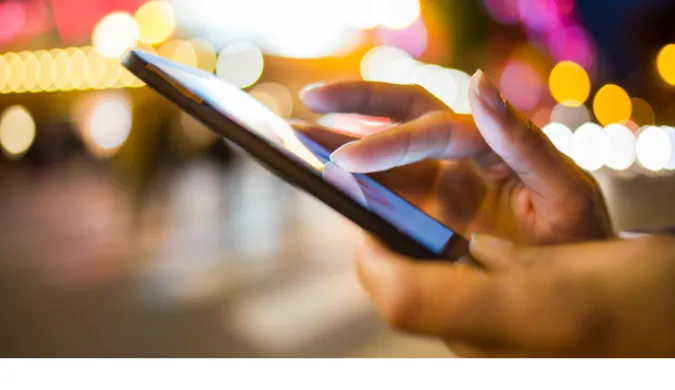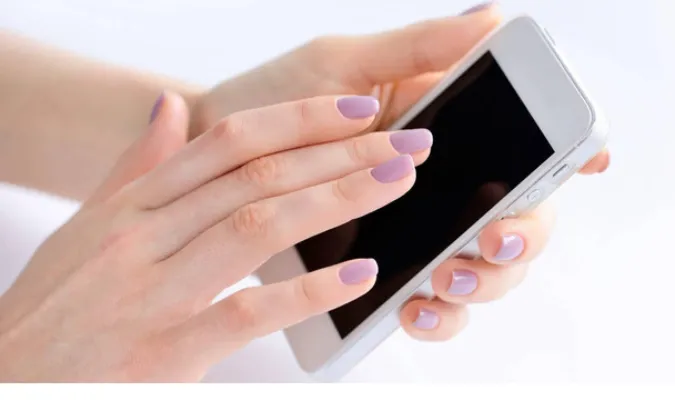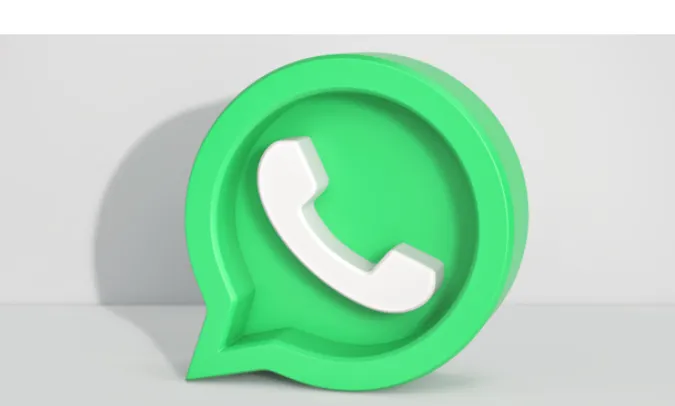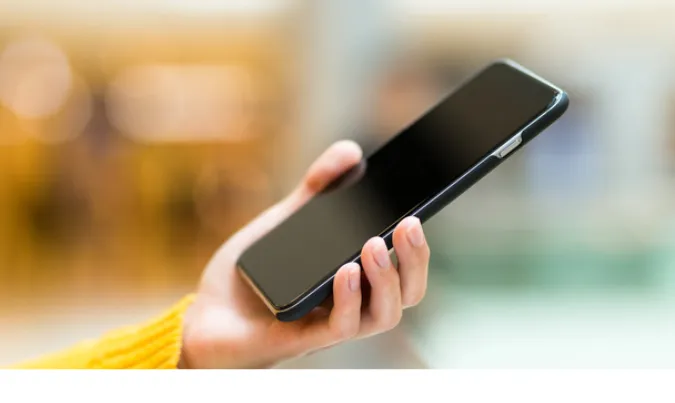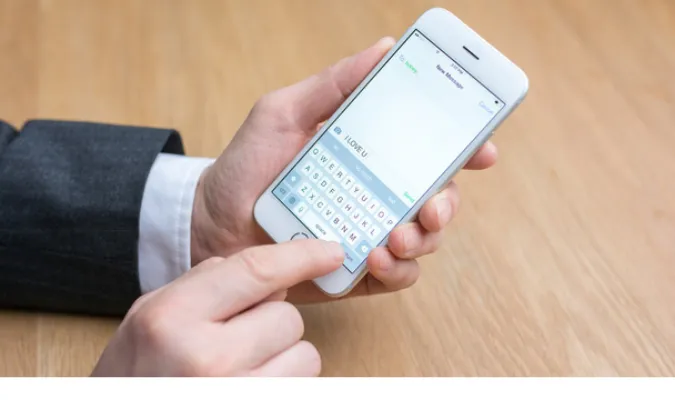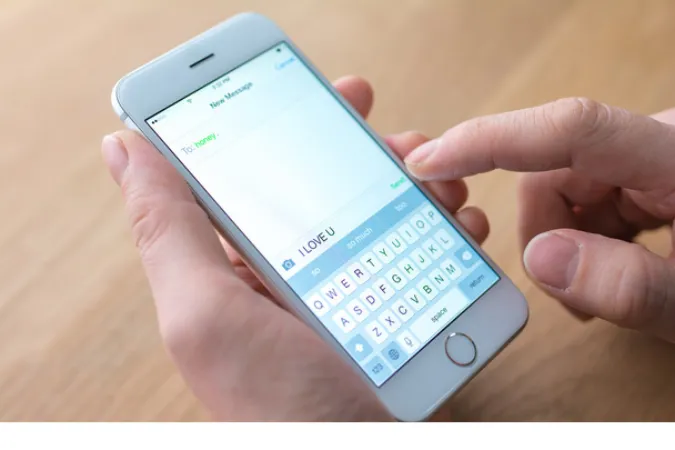WhatsApp is more than just a messaging app; it has become a vital part of our daily communication, from texting to voice and video calling.
With over 2 billion users worldwide, it’s no wonder that a problem like “always connecting” can cause a wave of concern.
Understanding the “Always Connecting” Issue can be baffling, especially when it disrupts your daily communication.
This problem may arise due to several factors, such as unstable internet connections, outdated app versions, or phone settings that might need adjustment.
How to FIX Why WhatsApp Is Always Connecting
Here are the thirteen (13) methods that you can use to resolve the issue;
Method 1. Disable VPN or Proxy
Sometimes, the connection issue with WhatsApp might be due to an enabled VPN or proxy on your device.
These services might conflict with the connection settings of WhatsApp, resulting in the annoying “always connecting” status.
Here’s how you can disable VPN or Proxy:
- Go to Your Device Settings: Open the settings on your device and navigate to the network or connections section.
- Find VPN or Proxy Settings: Look for VPN or proxy settings. These might be located under different sub-menus depending on your device.
- Disable the Service: Tap on the enabled VPN or proxy service and toggle it off. In some cases, you may have to delete the configuration.
- Restart WhatsApp: Close and reopen WhatsApp to check if the issue has been resolved.
Disabling VPN or proxy can often clear up connection conflicts and restore your WhatsApp to normal functioning.
Method 2. Clear App Cache and Data
Clearing the cache and data for WhatsApp can often resolve glitches or conflicts that cause the “always connecting” problem.
Cached data might contain corrupted files that hinder the app’s performance.
Here’s a step-by-step guide to clear app cache and data:
- Go to Your Device’s Settings: Navigate to the settings menu on your device.
- Access App Settings: Look for the Apps or Application Manager section and tap on it.
- Find WhatsApp: Scroll down to find WhatsApp in the list of installed apps and select it.
- Clear Cache: Tap on the “Clear Cache” button. This option may vary depending on your device.
- Clear Data (Optional): For a more thorough clean-up, tap on “Clear Data.” Please note that this step might delete some app preferences and settings, so proceed with caution.
- Restart WhatsApp: Close and reopen WhatsApp to see if the problem is resolved.
Method 3. Reset Network Settings
Resetting your network settings can resolve connectivity problems with WhatsApp.
This method can effectively clear misconfigured network settings, such as incorrect DNS settings or problematic VPN configurations, that could cause the “always connecting” status.
Here’s how you can reset network settings:
- Go to Your Device’s Settings: Open the settings on your device.
- Access Network Settings: Navigate to the network or connections section, where you’ll find options related to Wi-Fi, mobile data, etc.
- Find the Reset Option: Look for an option like “Reset Network Settings” or “Reset Wi-Fi, Mobile & Bluetooth.” The wording may vary depending on your device.
- Confirm the Reset: Tap the reset option and confirm when prompted. This action will erase all saved network information, including Wi-Fi passwords and VPN configurations.
- Restart Your Device: Reboot your device to ensure the changes take effect.
- Reconnect to Wi-Fi or Mobile Data: Manually reconnect to your preferred network, entering passwords as needed.
- Restart WhatsApp: Open WhatsApp to check if the connectivity issue has been resolved.
Please note that resetting network settings will erase all saved network preferences, so be prepared to re-enter passwords and reconfigure settings as needed.
Method 4. Turn Off Battery Optimization for WhatsApp
Battery optimization settings might unknowingly hinder WhatsApp’s ability to maintain a stable connection.
This feature aims to extend battery life by limiting background activities but can also cause WhatsApp to disconnect constantly.
Here’s how to turn off battery optimization for WhatsApp:
- Go to Your Device’s Settings: Navigate to the settings menu on your device.
- Access Battery Settings: Look for the Battery or Power section.
- Find Battery Optimization: Inside the battery settings, look for “Battery Optimization,” “Battery Usage,” or a similar term.
- Select WhatsApp: Scroll through the list of apps until you find WhatsApp and tap on it.
- Change Optimization Settings: Choose the option that disables or reduces optimization for WhatsApp. This might be labeled as “Don’t Optimize,” “Manual,” or something similar.
- Restart WhatsApp: Close and reopen WhatsApp to check if the connection issue is resolved.
Turning off battery optimization specifically for WhatsApp allows the app to run in the background without any interruptions, which can fix connection issues.
Method 5. Check Date and Time Settings
Your device’s incorrect date and time settings can cause synchronization issues with WhatsApp’s servers, leading to the “always connecting” status.
Ensuring that your date and time are set correctly can resolve this problem.
Correcting date and time settings can especially help if your query is something like “Why is my WhatsApp not connecting on my iPhone?” or “Why is my WhatsApp call not connecting?“
Method 6. Clear WhatsApp Cache and Data
Cache files are temporary data stored by apps to speed up processes. Sometimes, these files can become corrupted and lead to issues like the “always connecting” status on WhatsApp.
Clearing the cache and data can resolve such issues.
Here’s how you can clear the WhatsApp cache and data:
- Go to Your Device’s Settings: Open the settings menu on your device.
- Access App Settings: Navigate to the “Apps” or “Application Management” section.
- Find WhatsApp: Scroll through the list and tap on WhatsApp.
- Access Storage Options: Tap “Storage” or a similar option within WhatsApp settings.
- Clear Cache: First, tap on “Clear Cache.” This will remove temporary files without affecting your chats or account.
- Clear Data (Optional): If the problem persists, you can tap on “Clear Data.” This will remove all app data, including login information, so use this option with caution.
- Restart WhatsApp: Close and reopen WhatsApp to see if the connection issue is resolved.
Clearing the cache is usually a safe and quick fix, but remember that clearing data will require you to log in again and may delete unsaved information on the app.
Method 7. Check WhatsApp Server Status
Sometimes the issue of WhatsApp always connecting may not be with your device or internet connection at all. It could be a problem with WhatsApp’s servers.
This is a unique approach that often gets overlooked. Here’s how you can check the server status and what you can do if it’s indeed a server issue:
- Visit a Server Status Website: Websites like Downdetector provide real-time information on the status of various services, including WhatsApp.
- Look for Official Announcements: Sometimes, WhatsApp or related social media channels may announce server maintenance or outages. Keep an eye on their Twitter or Facebook feeds.
- Wait and Try Again: If it is indeed a server issue, there’s not much you can do other than wait. WhatsApp’s technical team will likely be working on fixing the issue.
Method 8. Check Internet Connection (Speed and Stability)
When WhatsApp keeps showing a “connecting” status, it might be a signal of a weak or unstable internet connection.
Ensuring that your internet connection is both fast and stable can be the key to resolving this issue. Here’s how you can go about checking and fixing your connection:
- Test Your Internet Speed: Utilize online tools like Speedtest to gauge your internet connection’s download and upload speeds. You’ll want to make sure it meets WhatsApp’s minimum requirements.
- Switch Between Wi-Fi and Mobile Data: If one connection is slow or unstable, try switching to the other. For example, switch to mobile data if you’re on Wi-Fi to see if that resolves the problem.
- Restart Your Router: If you’re using Wi-Fi and it’s slow, try restarting your router. Unplug it, wait for a minute, then plug it back in.
- Use a Strong Wi-Fi Signal: If your Wi-Fi signal is weak, try moving closer to the router or consider using a Wi-Fi extender.
- Check for Data Restrictions: If you’re using mobile data, ensure that you haven’t reached any data limits set by your provider.
Method 9. Update to the Latest Version
Software updates are crucial for accessing new features and ensuring that your apps, including WhatsApp, function smoothly.
Running an outdated version of WhatsApp may lead to the “always connecting” problem.
By keeping WhatsApp updated, you ensure that your app is running optimally and that you have access to the latest features and security improvements. This method alone can solve various connection issues.
Method 10. Contact Customer Support
When all else fails, reaching out to WhatsApp’s Customer Support may be the best course of action. They have access to tools and information that you don’t, and they can assist you in diagnosing and resolving the issue.
Here’s how to contact WhatsApp Customer Support:
- Open WhatsApp: Navigate to the WhatsApp application on your device.
- Go to Settings: Tap the three dots in the upper right corner (Android) or go to “Settings” at the bottom right (iOS).
- Navigate to Help: Choose the “Help” option.
- Select Contact Us: This will allow you to send a direct message to WhatsApp’s support team.
- Describe the Problem: Be as detailed as possible. Include information about your device, operating system, and the nature of the connection problem.
- Include Screenshots (Optional): If you can, include screenshots to illustrate the problem visually.
- Send the Message: Once you’ve completed the form, send it off.
- Wait for a Response: The support team might take some time to respond, so be patient. They’ll usually email you with instructions or further questions.
- Follow Their Instructions Carefully: Customer support might give you specific steps to follow. Be sure to follow them to the letter.
- Provide Feedback if Necessary: If the support team solves your problem (or even if they don’t), they might ask for feedback. Your insights could help them assist others in the future.
Method 11. Try a Different Internet Connection (Wi-Fi or Mobile Data)
Sometimes, the root of the “always connecting” issue on WhatsApp could be related to your internet connection itself.
Switching between Wi-Fi and mobile data or changing to another Wi-Fi network can help. Here’s how:
- Check Your Current Connection: Identify if you are on Wi-Fi or mobile data and check for stability.
- Switch to Mobile Data if on Wi-Fi (or vice versa):
- Turn off Wi-Fi.
- Enable mobile data.
- Wait for the connection to establish, then open WhatsApp and check.
- Try a Different Wi-Fi Network if Available: If switching to mobile data isn’t an option or doesn’t solve the issue, connect to a different Wi-Fi network if you can.
- Restart WhatsApp: Completely close and reopen the app to ensure the new connection settings take effect.
- Test Your Connection: Send a test message or place a call to see if the problem persists.
- Consider Other Connection Methods: If neither option works, consider connecting to a Virtual Private Network (VPN) or using a different device to see if the issue is device-specific.
Method 12. Update Operating System
Outdated operating systems can cause compatibility issues with apps like WhatsApp, leading to that frustrating “always connecting” message. Keeping your OS up-to-date ensures that all your apps run smoothly.
Here’s how to do it:
For Android:
- Open Settings: Tap on the gear icon on your home screen or pull down the notifications shade.
- Go to System: Scroll down and find the “System” option.
- Tap on System Update: This will search for available updates.
- Download and Install if Available: Follow the on-screen instructions to complete the process.
For iOS:
- Open Settings: Find the “Settings” icon on your home screen.
- Tap General: Scroll down to find the “General” option.
- Select Software Update: This will search for available updates.
- Download and Install if Available: Follow the on-screen instructions to complete the process.
Method 13. Reinstall and Reboot Your Device
If none of the previous methods have solved the problem, reinstalling WhatsApp and rebooting your device might be the answer. Here’s a step-by-step guide:
- Backup Your Chats and Media: Open WhatsApp > Settings > Chats > Chat Backup, then tap on “Backup Now.”
- Uninstall WhatsApp:
- Android: Go to Settings > Apps > WhatsApp > Uninstall.
- iOS: Press and hold the WhatsApp icon on the home screen > Tap “Remove App.”
- Reboot Your Device:
- Android: Press and hold the power button > Select “Restart.”
- iOS: Press and hold the power button along with either the volume button until the slider appears > Slide to turn off > Press the power button to turn it back on.
- Reinstall WhatsApp:
- Open the Google Play Store or Apple App Store.
- Search for WhatsApp and install.
- Restore Your Chats and Media: During setup, tap “Restore” when prompted to retrieve your backup.
- Test WhatsApp: Send a test message or place a call to confirm if the issue is resolved.
- Update Settings if Necessary: Go through your settings to ensure everything is configured to your liking.
Conclusion
The issue of “why WhatsApp always connecting” can be frustrating and confusing. Whether it’s a lingering connection message or problems with calls not connecting, these issues can hamper our communication efforts.
Thankfully, we’ve explored 13 comprehensive methods to tackle this problem, ranging from simple updates and network checks to more unique approaches like disabling battery-saver modes.
For those who have faced the issue specifically on iPhones, there are tailored methods as well, ensuring that the solution is within reach no matter the device.
Whether you are a casual user or rely on WhatsApp for work, these solutions are designed to be effective, reliable, and accurate.
Remember, sometimes the simplest solution might work, or you might need to delve into more unique methods.




